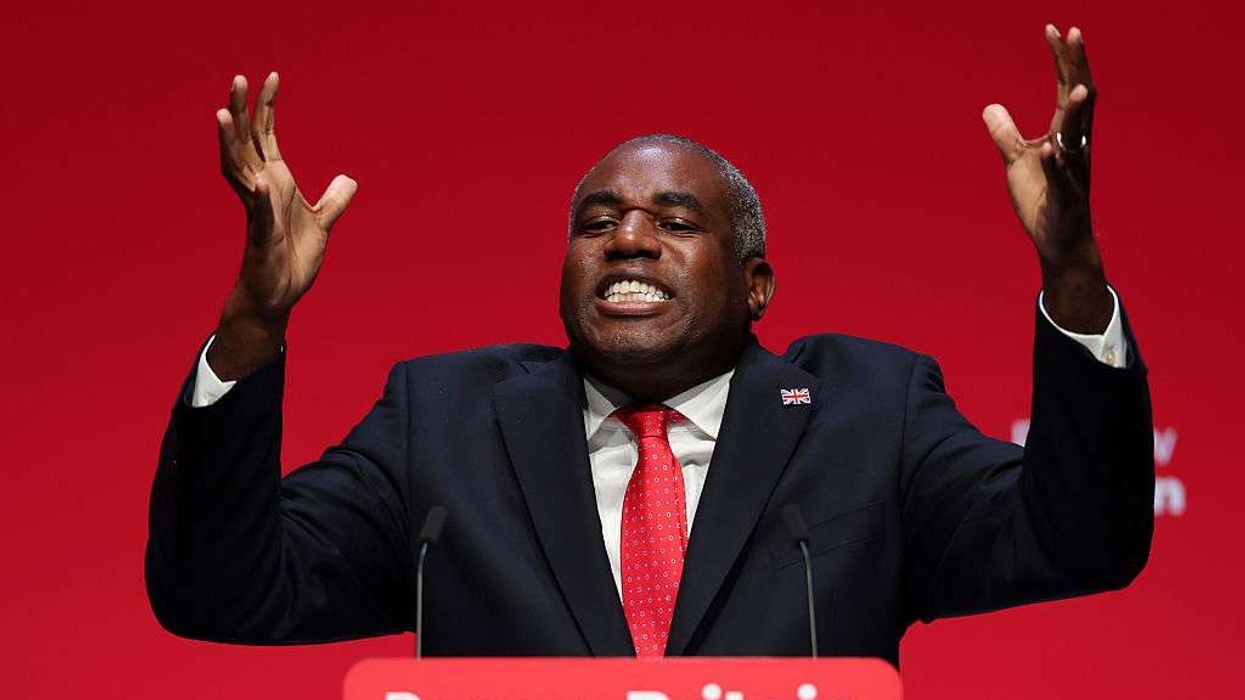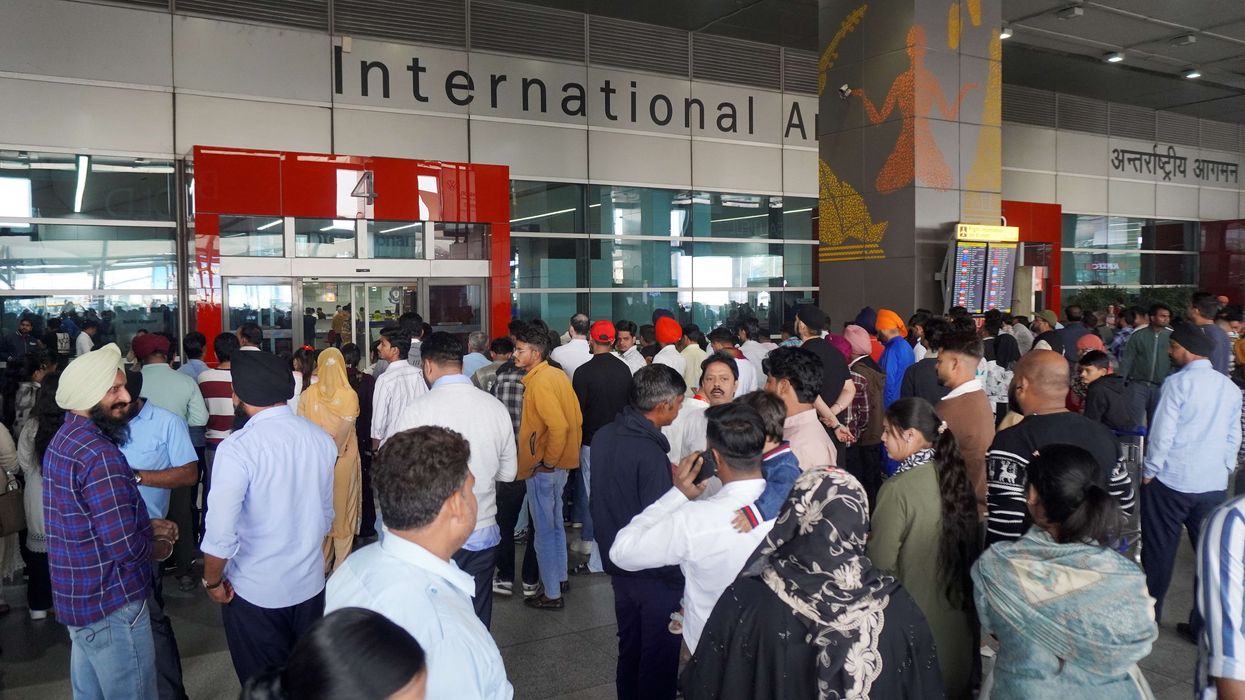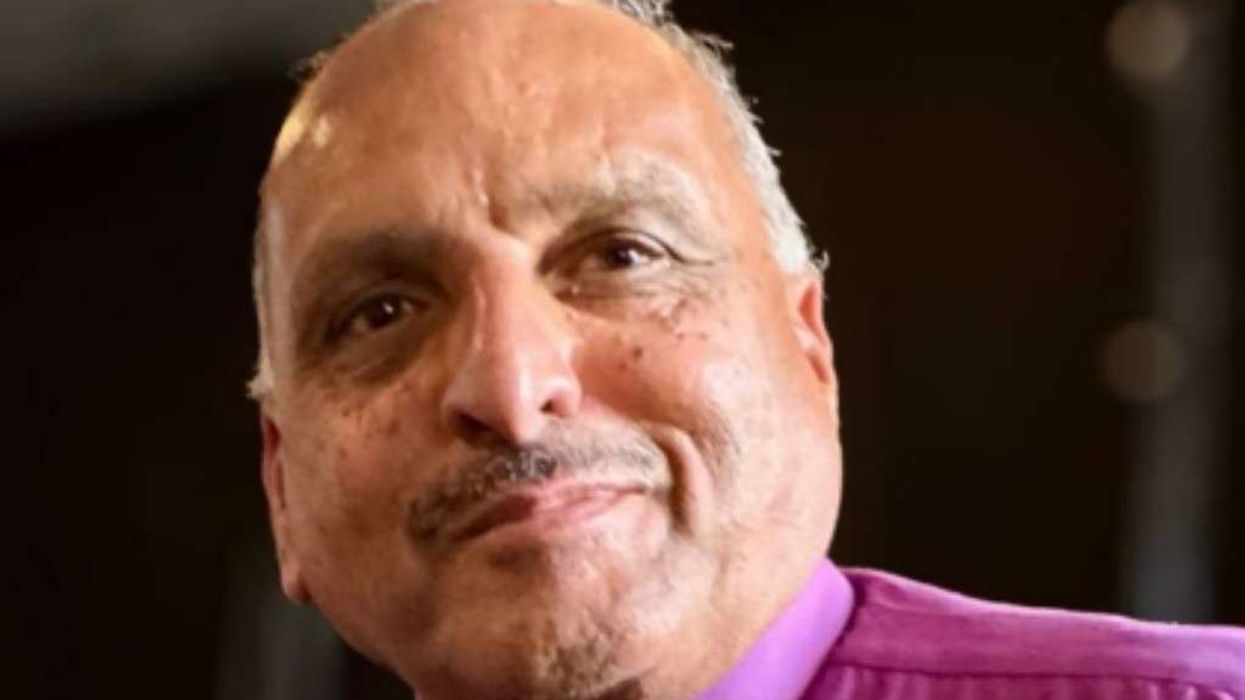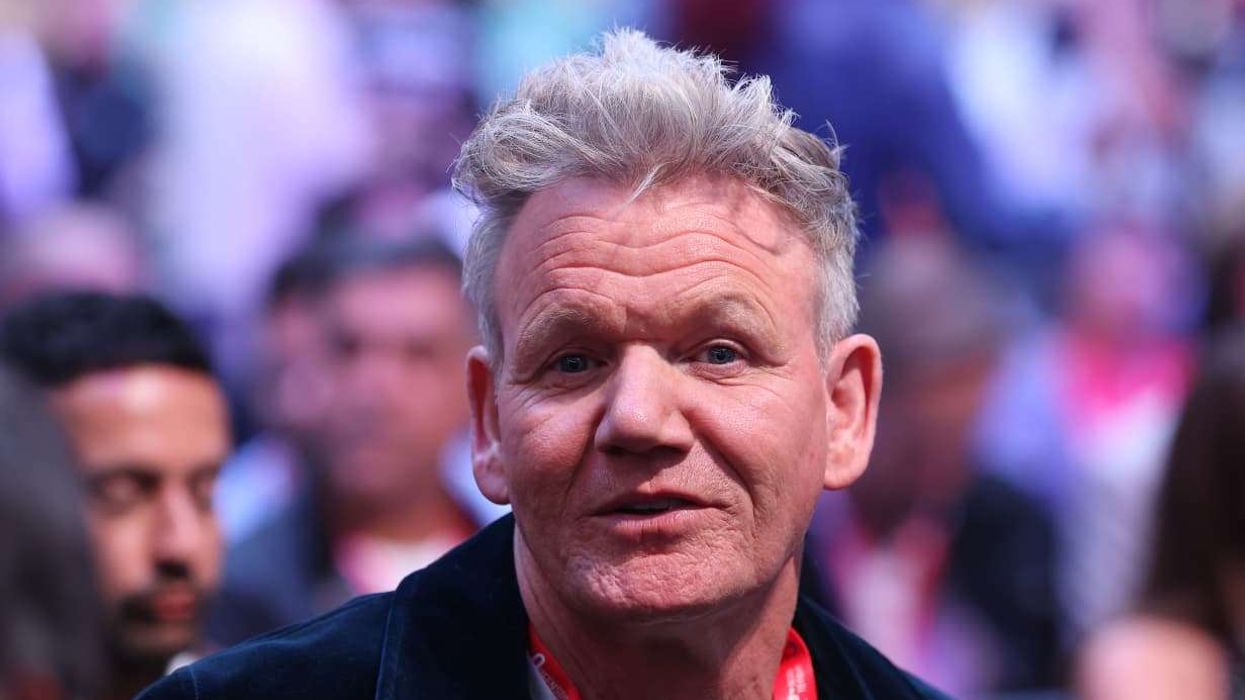India's premier off-spinner Ravi Ashwin has revealed that he felt like he was being "thrown under the bus" after a remark by former head coach Ravi Shastri left him "crushed" during a torrid phase in his career when he contemplated retirement multiple times.
In an interview with ESPNcricinfo, Ashwin was asked how he felt when then-coach Shastri hailed Kuldeep Yadav as "India's No 1 overseas spinner" after the younger bowler had taken a five-for in the 2019 Sydney Test against Australia.
Shastri also said that "there is a time for everyone", which was then perceived to be a dig at Ashwin's career.
Ashwin said he was genuinely happy for Kuldeep as he knew how difficult it is to take five wickets as a spinner in Australia but Shastri's remarks left him "absolutely crushed".
"I hold Ravi bhai in high esteem. We all do. And I understand we all can say things and then retract them. In that moment, though, I felt crushed. Absolutely crushed," Ashwin said.
"We all talk about how important it is to enjoy your teammates' success. And I was happy for Kuldeep. I have not been able to get a five-for but he has a five-for in Australia. I know how big it is.
"But if I have to come and partake in his happiness, and the success of the team, I must feel like I belong there. If I feel like I am being thrown under the bus, how am I supposed to get up and come for a party to enjoy the team's or teammate's success?"
Ashwin, however, still made it to the celebration party that was organised following the Indian's team's historic series triumph Down Under.
"I went back to my room and then I spoke to my wife. And my children were there. So we were able to, you know, shrug it off, and I still made it to the party, because, end of the day, we had won a massive series."
The 35-year-old said that recurring injuries meant that he was playing under "excruciating pain" when he took three wickets in each innings to lead India to victory in the first Test.
Shastri's remark was quite too much for Ashwin after he played a role in the team's win in the series opener.
"The first Test seemed like a distant memory by then. I had taken three of the first four wickets in the first innings after we were bowled out cheaply, and then when it got really flat in the final innings, I plugged away for 50-plus overs and took three wickets despite what turned out to be a grade three abdomen tear.
"In my mind, I had done something great for the team in excruciating pain, but all I heard was, 'Nathan Lyon took six, Ashwin took three'.
"As it is, I was frustrated with my body for letting me down when I was in really good bowling form. The last thing I needed was these comparisons and insinuations. Between that reaction and Sydney, it didn't feel like I had played any part at all," Ashwin said.
Ashwin has been a great asset for India in both home and away conditions in the longer format of the game.
The spinner has so far taken 427 Test wickets, making him the third-highest wicket-taker from the country after Anil Kumble and Kapil Dev in the red-ball format.
But there was a phase between 2018 and 2020 when he almost quit playing.
"Between 2018 and 2020, I contemplated giving up the sport at various points. I thought, 'I have put in a lot of effort, but it is not coming through.'
"The harder I tried, the farther it felt. Especially with athletic pubalgia and the patellar tendonitis—I used to bowl six balls and then I used to be gasping for breath. And there would be pain all over the place.
"So you needed to make adjustments. When the knee pain got excruciating, the next ball I would probably jump less. When I jumped less, obviously the force needs to be produced through the core and the back and the shoulders, so the pubalgia (a chronic groin lesion) would act up.
"So the third ball I would be extra side-on to try to use the hips. By the time I was done with six balls, I would be like, 'I need a break here'," Ashwin recalled.
He also said that an injury breakdown in overseas assignments is often sneered at by the game's observers, an attitude that reflects the lack of empathy in the cricketing community.
"Only when it hits them personally do they have the empathy. Empathy is being able to put yourself in others' shoes, and feel, 'Hey what if it happens to me?' I feel as a cricketing community, we lack that," he lamented.












